With the HIIT 20-20-20 exercise, which means 20 seconds of heavy exercise, 20 seconds of moderate exercise, and 20 seconds of rest, the practitioner will burn fat more effectively.
Exercise is an important part of a healthy lifestyle, providing benefits that go beyond physical health, from improving heart health to boosting mental health.
A common goal for exercisers is to burn fat, which can be difficult and time-consuming. However, experts say that effective fat burning doesn’t always require people to sweat for hours at the gym. In fact, people can achieve visible results with short workouts of 20 minutes or less.
Certified personal trainer Andrew White recommends 20-20-20 high-intensity interval training (HIIT). It’s a regimen that delivers powerful results in just 20 minutes. The workout alternates between three distinct phases: 20 seconds of high-intensity exercise, 20 seconds of recovery, and finally 20 seconds of rest.
This structured approach to training keeps your workouts interesting and maximizes fat burning. During periods of high intensity activity, your body uses more of its fat stores for energy and increases your heart rate. Recovery periods of short, easy exercise allow you to catch your breath and push yourself harder in subsequent sets. When this cycle continues, your cardiovascular system and muscles are stimulated, ultimately leading to increased calorie burn and fat loss.
In just 20 minutes, 20-20-20 HIIT can help burn calories, boost metabolism, and speed up fat-burning efforts, making it an effective choice for people with busy schedules.
"At the end of a HIIT workout, your body enters a state called excess post-exercise oxygen consumption (EPOC). This means your body continues to burn calories at a rapid rate, even after you've stopped exercising. Consider it a bonus: You're not only burning calories during exercise, but also at rest," explains White.
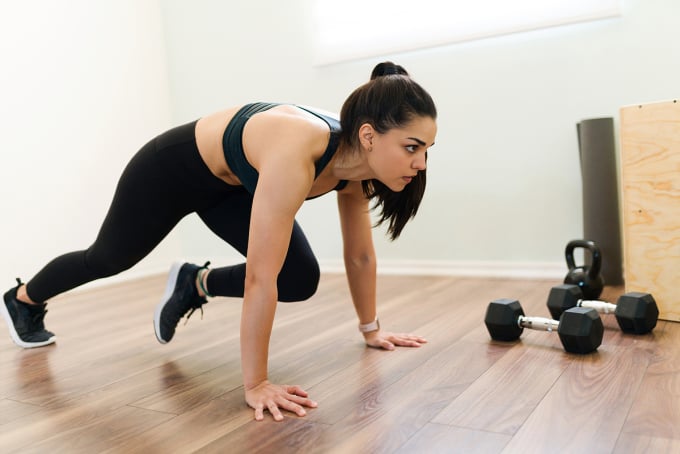
A person is doing a mountain climbers exercise (simulating outdoor mountain climbing movements). Photo: Freepik
To do the 20-20-20 HIIT workout, you start with a thorough warm-up, spending two minutes jogging, jumping rope, or stretching. Then, you choose exercises such as push-ups combined with jumping jacks in place, sprints, mountain climbers (simulating outdoor climbing movements), weighted throws, and leg raises. The goal is to get your heart rate up quickly.
For the first 20 seconds, you do these movements quickly, pushing yourself to the limit. The next 20 seconds, you do moderate activity to catch your breath, transitioning from high-intensity movements to lighter ones. For example, if you are sprinting, you can change to walking. For the last 20 seconds, you rest, taking deep breaths to let your body recover. You repeat this cycle for 20 minutes.
After completing your workout, take 3-5 minutes to cool down with gentle stretching exercises, focusing on the muscle groups that you exercise the most.
White emphasizes that exercisers should prioritize safe and appropriate movements if they are new to HIIT.
“Remember to consult a health professional if you have any health concerns,” she said.
Thuc Linh (According to Shefinds )
Source link









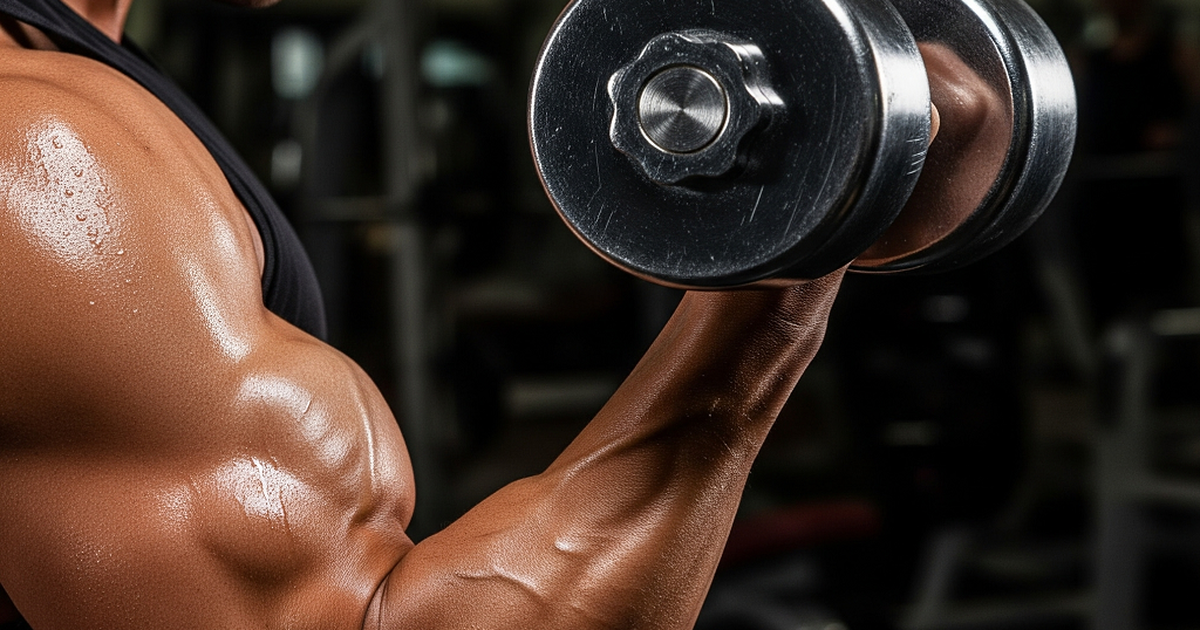







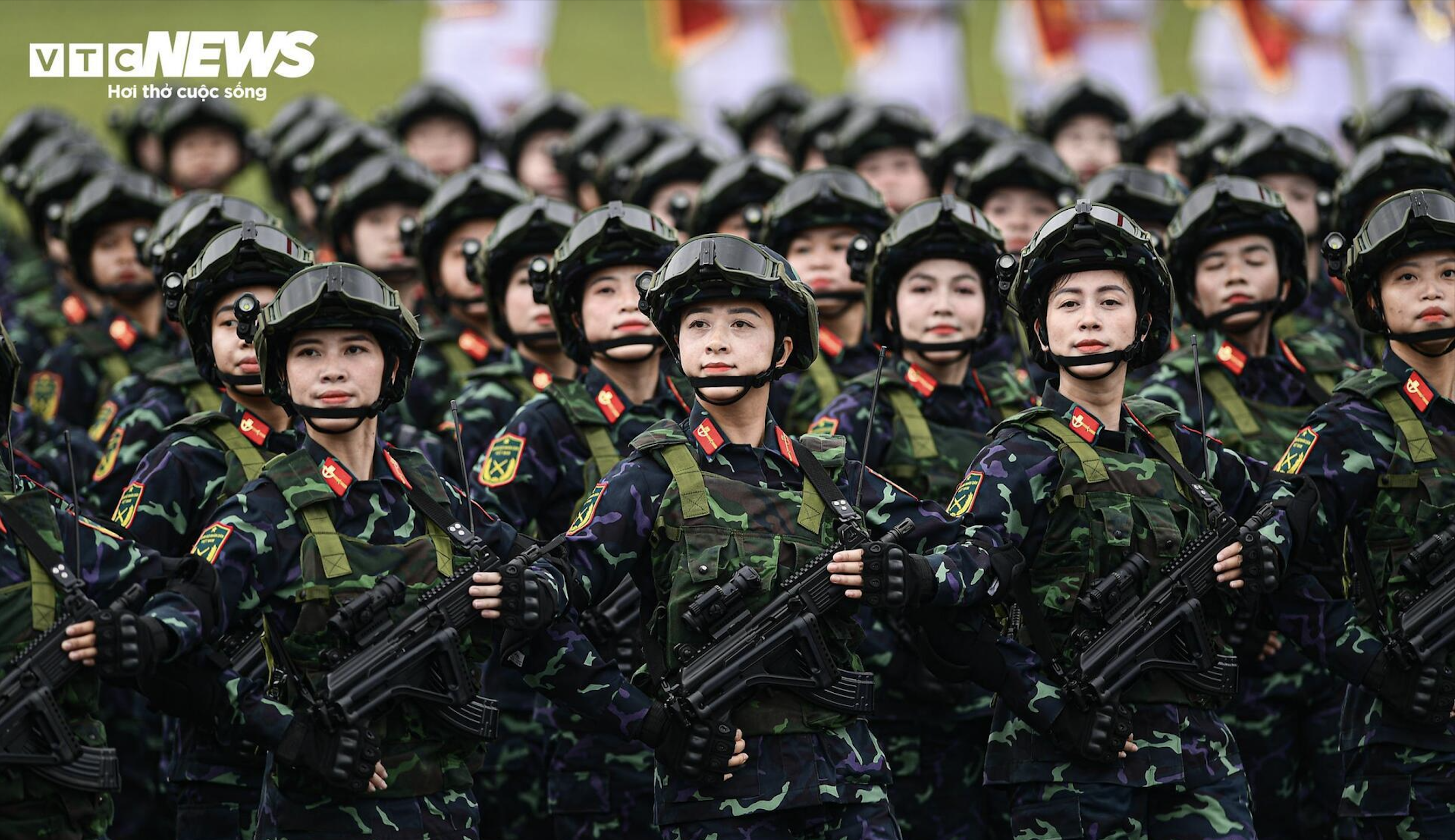



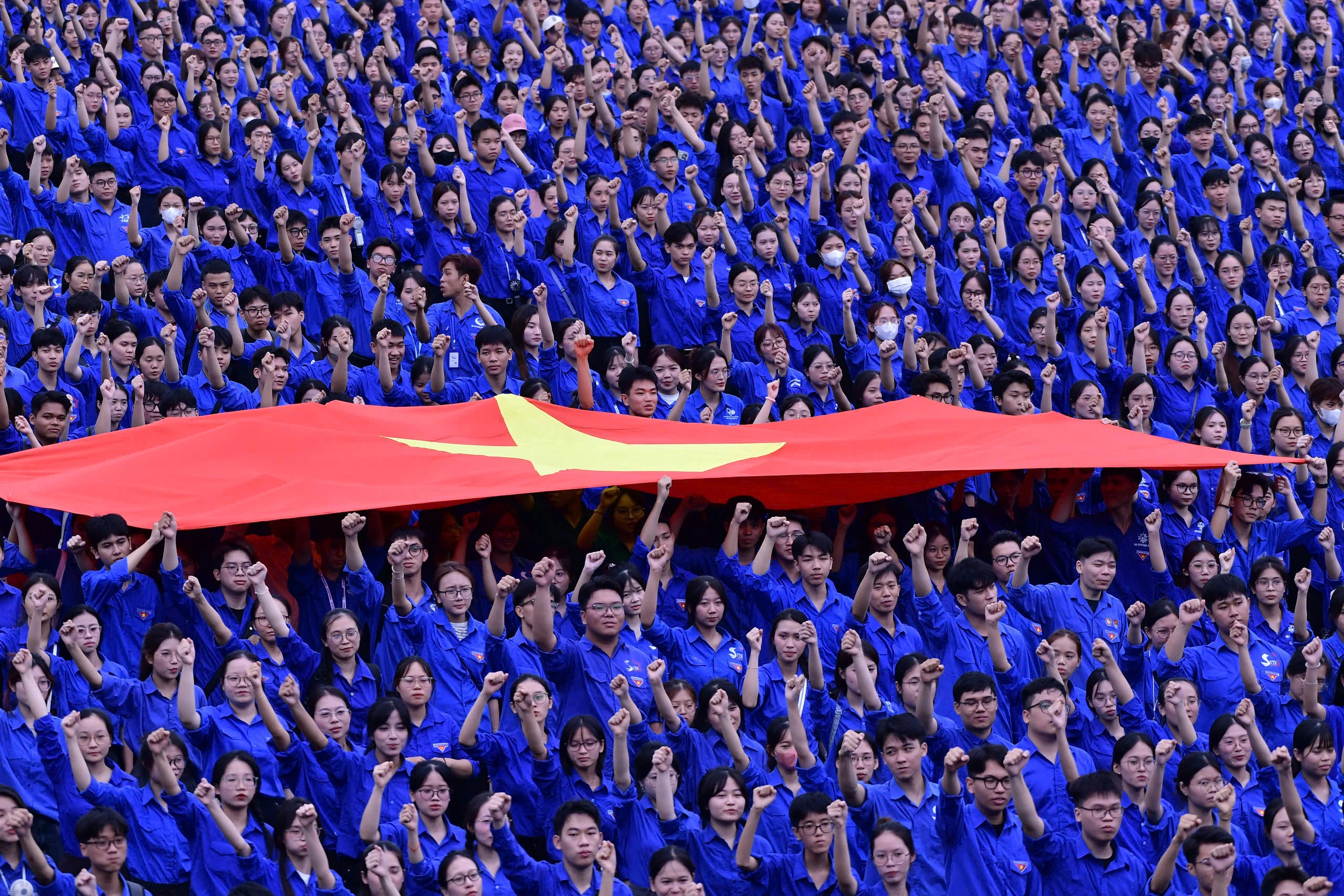




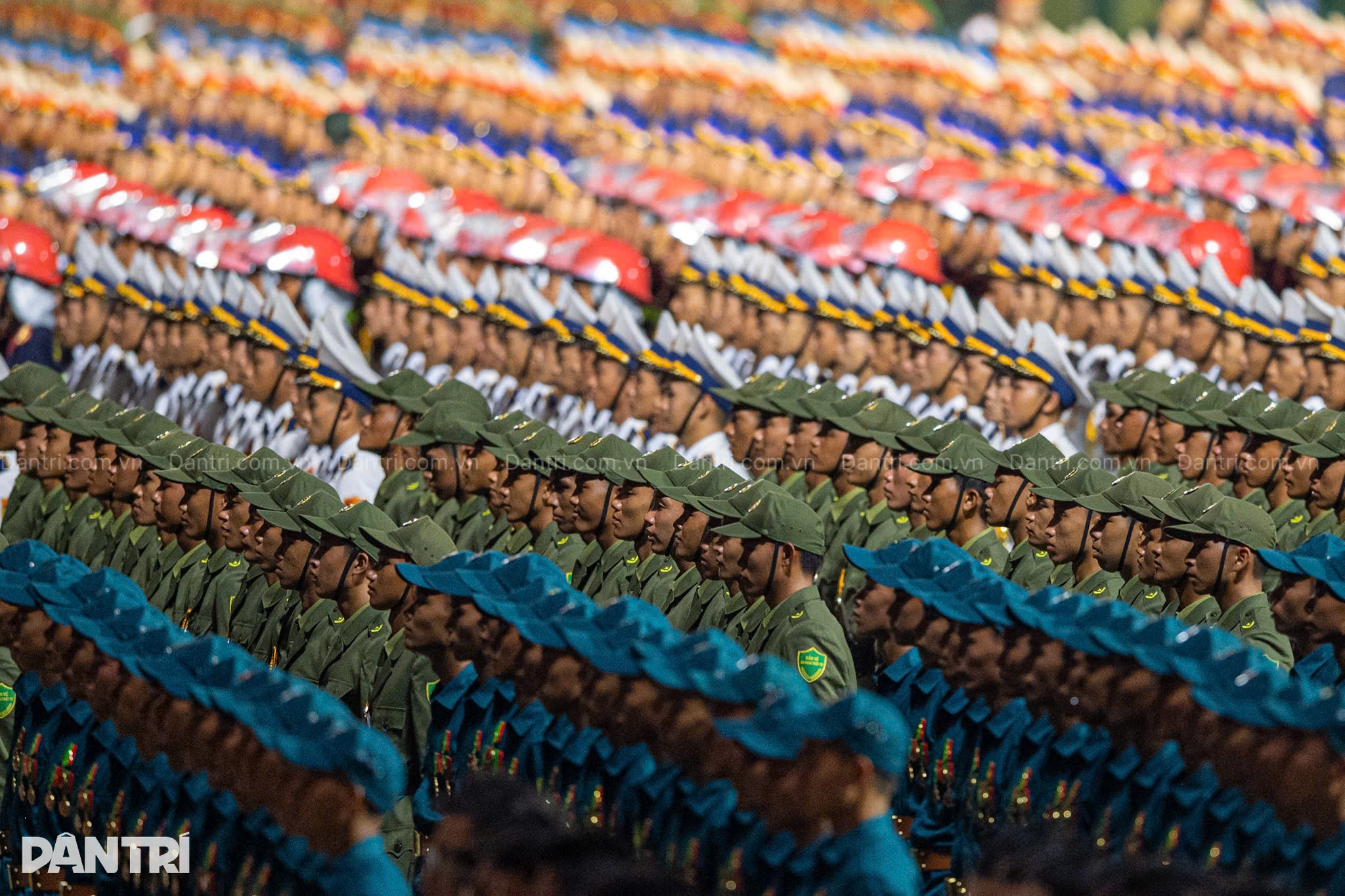


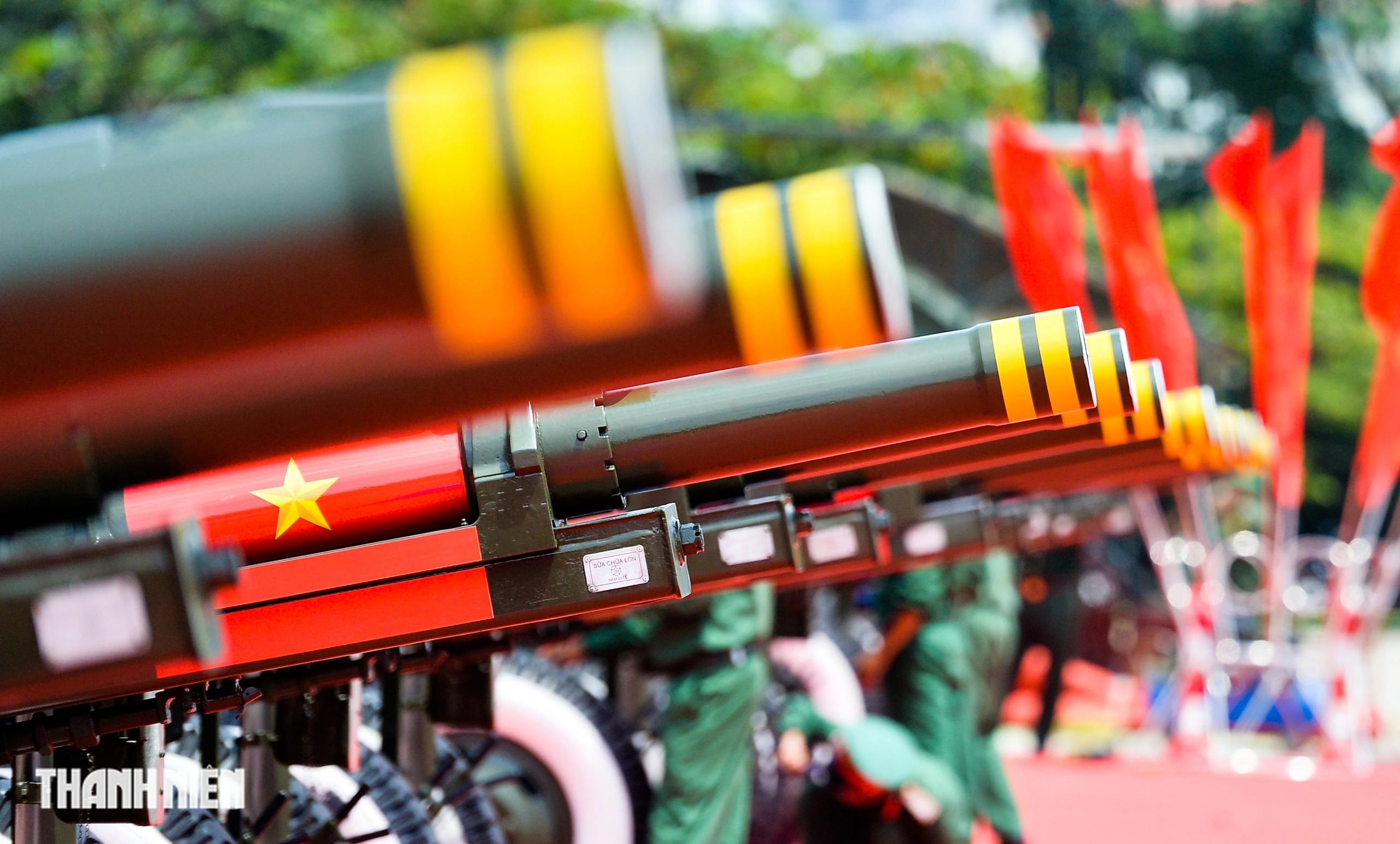

![[Photo] An Phu intersection project connecting Ho Chi Minh City-Long Thanh-Dau Giay expressway behind schedule](https://vstatic.vietnam.vn/vietnam/resource/IMAGE/2025/8/21/1ad80e9dd8944150bb72e6c49ecc7e08)






























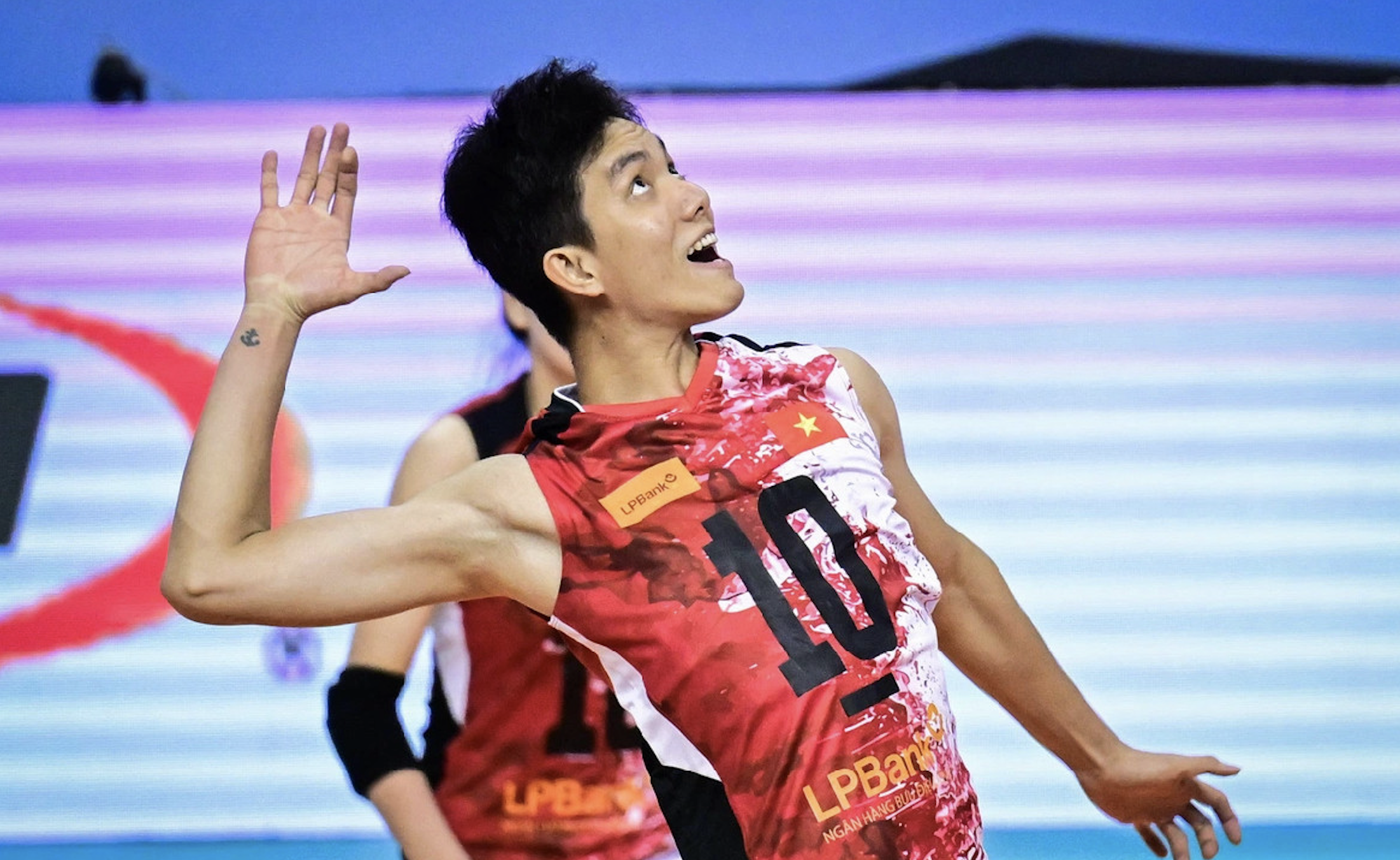

![[Photo] Politburo works with the Standing Committee of Hanoi Party Committee and Ho Chi Minh City Party Committee](https://vstatic.vietnam.vn/vietnam/resource/IMAGE/2025/8/21/4f3460337a6045e7847d50d38704355d)

































Comment (0)